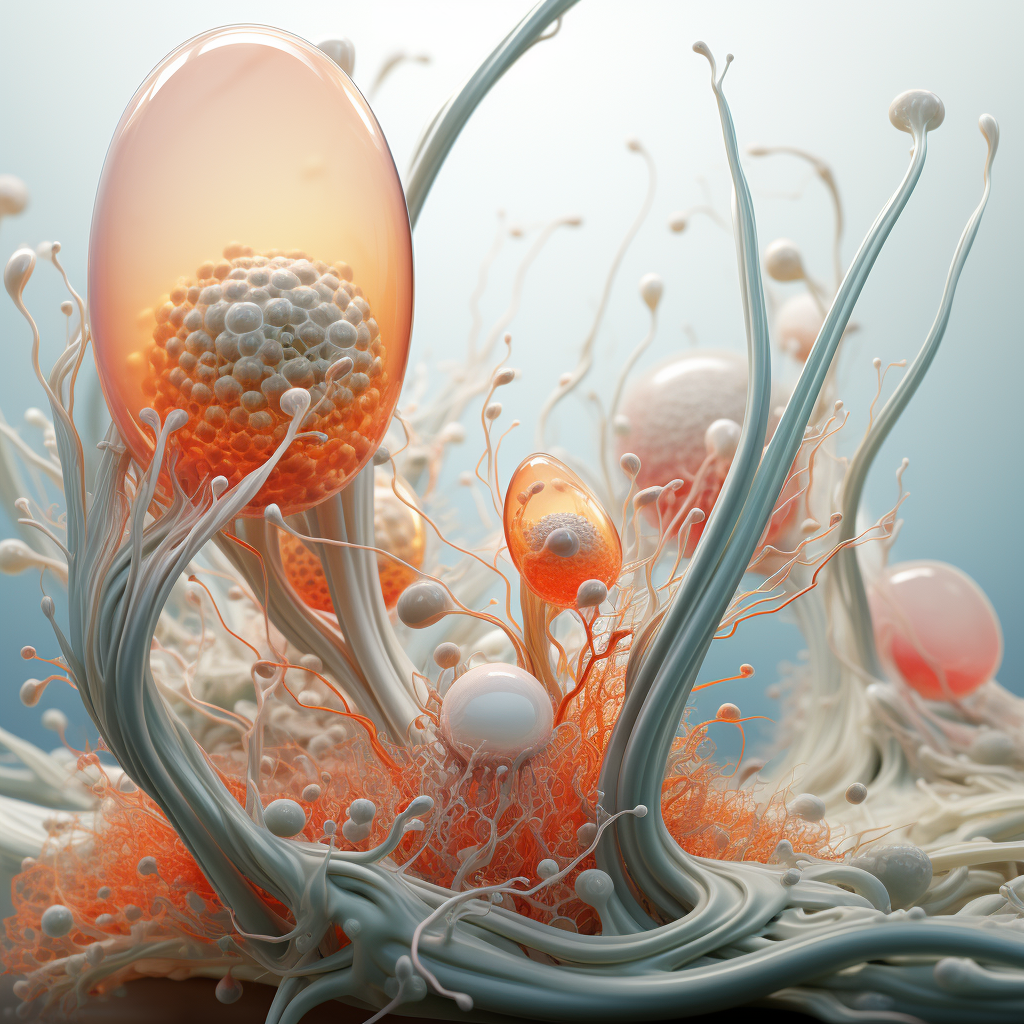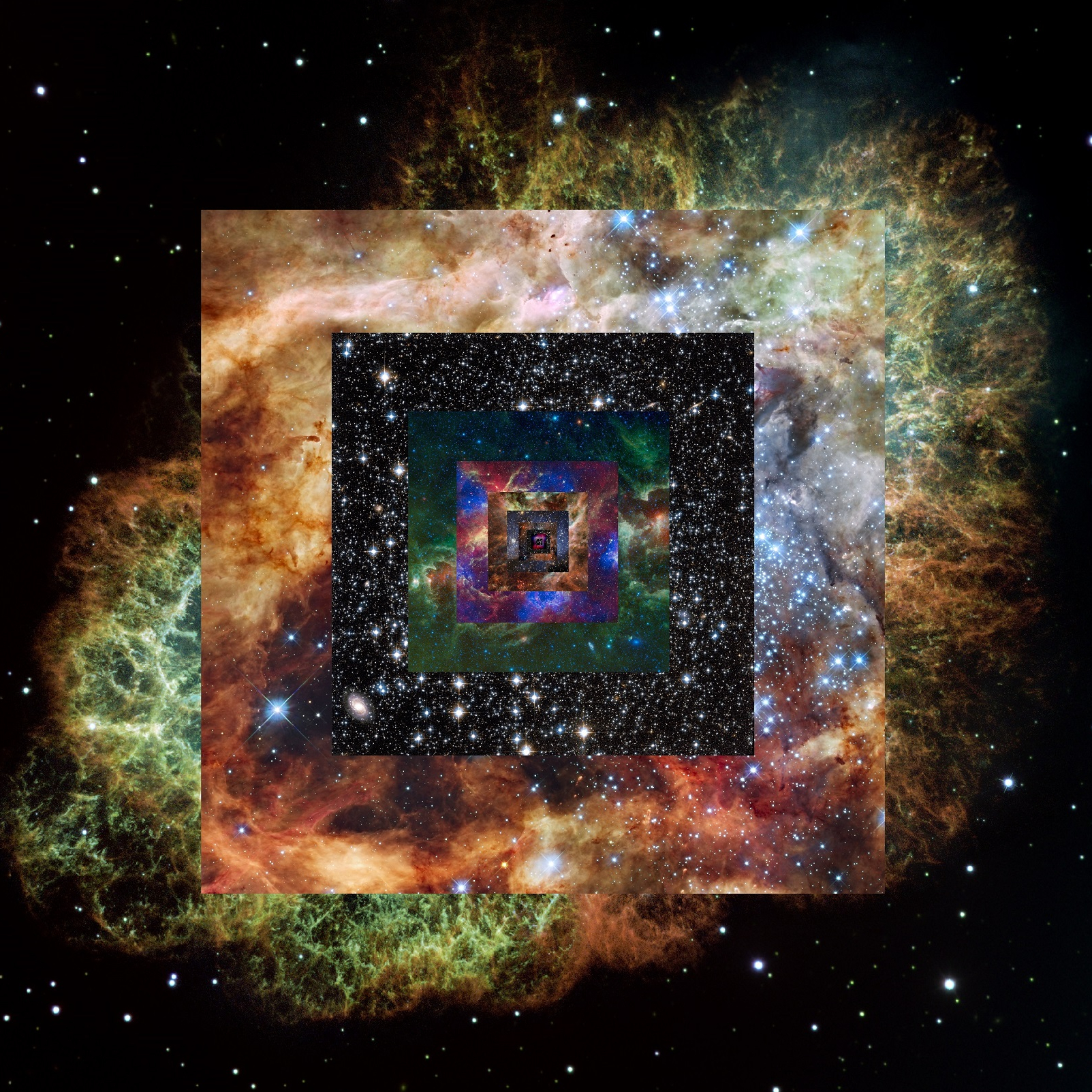
Symbiogenesis, derived from the Greek words meaning ‘living together,’ is the theory that complex cells arose from a symbiotic relationship among different types of simple cells. It is a principle at the heart of biology, playing a crucial role in the evolution of complex life forms on Earth. But, how feasible is this theory? Let’s delve deeper and explore the intriguing world of symbiogenesis.
Understanding Symbiogenesis: The Basics
Symbiogenesis states that eukaryotic cells (complex cells with a nucleus), evolved from prokaryotic cells (simpler cells without a nucleus) via symbiosis. This theory contrasts the conventional Darwinian evolutionary notion, suggesting a cooperative method to evolution, instead of a purely competitive one.
One of the main proponents of this theory was the late biologist, Lynn Margulis. Margulis argued that the eukaryotic cell is a community of interacting parts, where mitochondria, plastids, and possibly other organelles, were once independent bacteria.
Mitochondria and Chloroplasts: Evidence of Symbiogenesis
Mitochondria, often termed the powerhouse of the cell, and chloroplasts, the photosynthetic units in plant cells, stand as the most compelling evidence supporting symbiogenesis. These organelles share several intriguing similarities with bacteria, such as the presence of circular DNA, binary fission (a type of asexual reproduction), and a double membrane structure.
The endosymbiotic theory, a subset of symbiogenesis, suggests that these organelles were once free-living bacteria engulfed by another cell. Over time, these internalized bacteria became indispensable to their host cell, evolving into modern-day mitochondria and chloroplasts.
Symbiogenesis: A Driver for Evolution
Symbiogenesis not only explains the origins of eukaryotic cells but also offers insights into evolution’s trajectory. It suggests that symbiotic relationships can drive evolutionary innovation and complexity.
An example of this is the emergence of lichens, composite organisms formed by a symbiotic relationship between fungi and algae or cyanobacteria. Each partner brings unique capabilities to the union, resulting in an entity that can survive and flourish in conditions where neither could independently.
Supporting Studies and Controversies
The concept of symbiogenesis is supported by a wealth of genetic and molecular evidence. For instance, a study by John M. Archibald at Dalhousie University, Canada, revealed close genetic links between a group of algae and a particular type of bacteria, providing a potential evolutionary path for the plastid.
However, the theory is not without its controversies. Some scientists argue that it overemphasizes the role of symbiosis in evolution, while others highlight the complexities in distinguishing between symbiotic relationships and other types of close evolutionary interactions.
Symbiogenesis: A Leap Towards Understanding Life’s Complexity
Despite ongoing debates, symbiogenesis remains a compelling and elegant theory. It provides a fresh lens to view and understand the complexity of life and its evolution. Symbiogenesis reminds us that cooperation, not just competition, can drive life’s great leaps forward, reinforcing the fact that life’s history is a narrative of interconnectedness and interdependence.
As we continue to unravel the mysteries of life and its origins, the role of symbiogenesis, with its fascinating possibilities, will remain at the forefront of these explorations, making it an ever-engaging topic of scientific discovery and debate.



